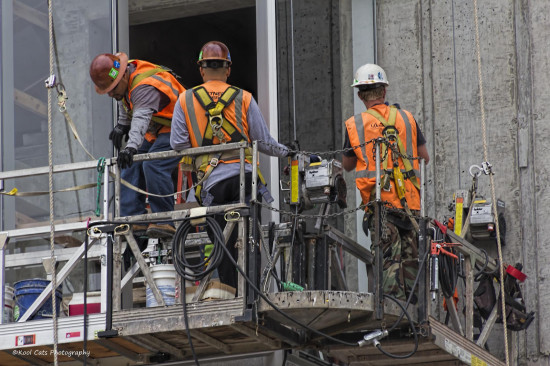
The fewer jobs created in March seem especially foreboding when compared to the month of February, during which 264,000 jobs were added to the economy. In fact, this month marked the “smallest gain since December last year” in terms of jobs according to the Labor Department.
Interestingly, there are a number of factors, which may have contributed to the jobs creation decline — some factors related to the economy and others having nothing to do with it. For example, The Silver Ink reports that harsh weather conditions “likely dragged on businesses when it came to recruiting as leisure and hospitality sectors recorded a steep slowdown in jobs growth.”
Besides the leisure and hospitality sectors, the Wall Street Journal also reports the labor market’s weakness was specifically concentrated in “goods-producing sectors,” such as manufacturing, mining, logging and construction. Collectively, these sectors saw a loss of approximately 3,000 jobs, the worst decline since July 2013. Importantly, this decrease can also be attributed to the very cold winter this year.
However, other factors besides the weather worry economists, given that these factors cannot be as easily changed as the transition from winter to spring. In particular, economic weakness abroad has lowered the price of oil and other commodities, while the strength of the dollar has increased, thus impacting the mining sector and manufactures that must compete globally, as reported by the WSJ.
Still, the weather is warming as mentioned, and lower oil pries are more beneficial than detrimental to the U.S. economy. Indeed, the Times warns that the recent Labor Department report is only a “limited snapshot” of the job market, and the economy is expected to regain some of its lost momentum later this year.
The March slowdown in jobs creation has also reinvigorated the debate about whether or not the Federal Reserve will increase interest rates above their current near-zero level. Given this recent report, many believe interest rates will remain untouched and in a press conference last week, Fed chairwoman Janet L. Yellen seemed to suggest as much when she warned the Fed would continue to move slowly in deciding when to raise rates.
One must remember, however, that this report describes one month only. As secretary of labor Thomas E. Perez told the Times, “It was lower than expectations, without a doubt. But I’ve always said that one month never makes a trend.”
(Photo courtesy of Kool Cats Photography)
Comments